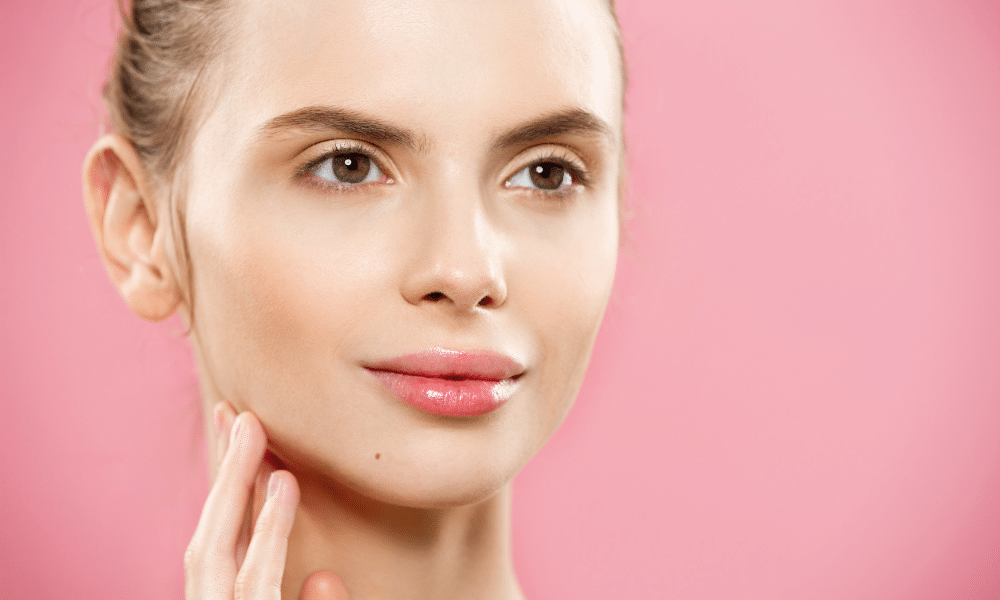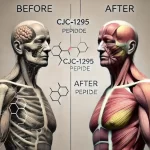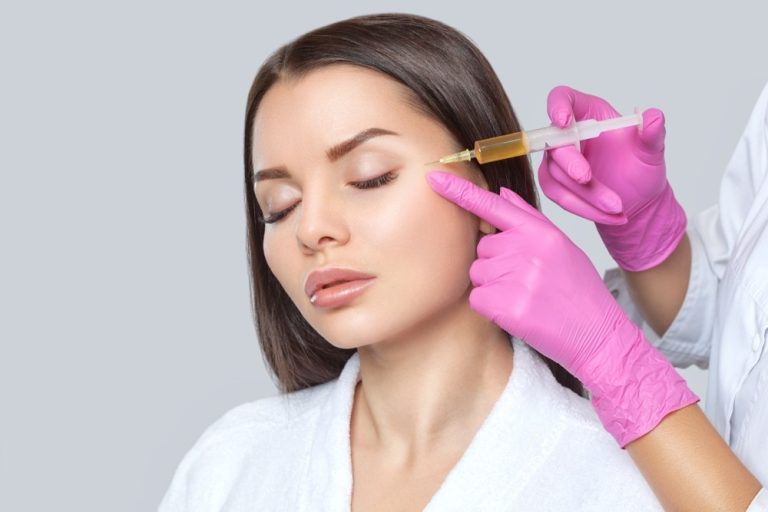
Say Goodbye to Fat Cheeks with Targeted and Effective Treatments
For many, achieving a slimmer, more defined face involves addressing one key area: the cheeks. Excess cheek fat, often termed “chubby cheeks,” can create a fuller, rounder appearance. Fortunately, non-surgical procedures now offer effective solutions to reduce cheek fat and enhance facial contours. This guide explores the most effective treatments for fat cheeks, covering options, expected results, recovery, and how they compare to other facial slimming techniques.
Most Effective Procedures for Reducing Fat Cheeks
Several non-surgical procedures are highly effective for reducing cheek fat. High-Intensity Focused Ultrasound (HIFU) uses ultrasound energy to target and break down fat cells in the cheek area. This method not only reduces fat but also tightens the skin, improving overall facial elasticity. Radiofrequency (RF) therapy is another popular choice, employing heat to dissolve fat cells and stimulate collagen production for a firmer appearance. Cryolipolysis, or fat freezing, eliminates fat cells by freezing them, a process that doesn’t harm surrounding tissues. Each of these methods offers unique benefits, providing tailored solutions for cheek fat reduction.
Achieving a Slimmer Facial Profile with Fat Cheeks Removal Procedures
A fat cheeks removal procedure can significantly transform your facial profile by reducing fullness in the cheeks. By targeting fat deposits, these treatments help create a more angular and defined look, enhancing the natural bone structure and making the jawline and cheekbones more prominent. This reduction not only results in a slimmer face but also a more youthful appearance, as excess facial fat is often associated with an older, heavier look.
Non-Surgical Options for Fat Cheeks Reduction
Non-invasive treatments for fat cheeks reduction include several effective options. HIFU is a top choice due to its precision and effectiveness, often showing results after one session. Patients typically see continued improvements as the body eliminates treated fat cells. RF therapy is known for its dual benefits of fat reduction and skin tightening, making it ideal for addressing sagging skin along with excess cheek fat. Cryolipolysis, though initially designed for body contouring, is effective for targeting small areas of stubborn fat, like the cheeks.
Popular Methods for Targeting Excess Cheek Fat
Among non-surgical methods, HIFU and RF are particularly popular for reducing cheek fat. HIFU is valued for its ability to both reduce fat and tighten skin, making it a preferred choice for significant facial transformations. RF therapy is favored for its gradual, natural-looking results. Cryolipolysis is gaining traction for its non-invasive nature and minimal downtime, though it is less common for facial treatments. Each method has its advantages, allowing patients to choose the treatment that best meets their needs.
Timeline for Seeing Results from a Fat Cheeks Removal Procedure
The timeline for seeing results varies by method. HIFU typically shows visible improvements within 2 to 3 months as the body processes and eliminates destroyed fat cells. Initial results may appear within weeks, with continued refinement over several months. RF treatments provide gradual results, with improvements in fat reduction and skin tightness becoming noticeable over 3 to 6 months. Cryolipolysis generally shows results within 2 to 4 months as the frozen fat cells are naturally expelled. Most patients enjoy their slimmer profile for a year or more before needing maintenance.
Recovery Period After a Fat Cheeks Removal Treatment
One of the key benefits of non-surgical fat cheeks removal procedures is minimal recovery time. Unlike surgical options, these treatments involve little to no downtime. After HIFU, patients may experience mild swelling or redness that usually resolves within a few hours. RF therapy may cause slight warmth or tingling, while Cryolipolysis might result in minor bruising or numbness, but these effects are typically short-lived. Overall, recovery is quick, making these treatments convenient for those seeking an effective solution with minimal disruption to their daily lives.
Comparing Fat Cheeks Removal Procedures to Other Facial Slimming Techniques
Fat cheeks removal procedures focus on reducing cheek fat, which distinguishes them from other facial slimming techniques like BTX for jawline reduction or dermal fillers. Unlike these methods, which alter muscle size or enhance bone structure, fat cheeks treatments specifically target fat deposits, offering a more precise solution for facial slimming. Additionally, these treatments provide a gradual, natural-looking change compared to more immediate methods.
Risks and Benefits of Fat Cheeks Removal Procedures
The primary benefit of fat cheeks removal procedures is achieving a slimmer, more defined facial profile without surgery. Non-surgical methods such as HIFU, RF, and Cryolipolysis are generally safe, effective, and require minimal downtime. Potential side effects include temporary swelling or discomfort, and in rare cases, uneven fat reduction. Choosing a qualified practitioner helps minimize risks and ensures optimal results.
In summary, fat cheeks removal procedures offer effective, non-surgical options for achieving a more sculpted facial profile. With methods like HIFU, RF therapy, and Cryolipolysis, patients can target excess cheek fat with precision and minimal downtime, enhancing their natural beauty and confidence.


















